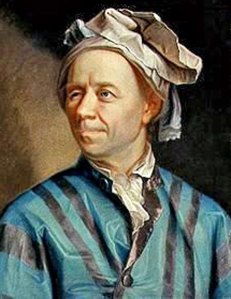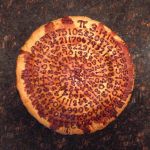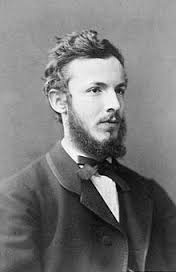A torsor (or principal homogeneous space) is, informally speaking, a mathematical structure quite similar to a group, but without a natural identity element. More formally, if is a group, a
-torsor is a set
on which
acts simply and transitively, i.e., for every
, there is a unique
such that
. Torsors are ubiquitous in mathematics, see for example this blog post by John Baez.
I noticed that one can define the notion of torsor without ever mentioning groups, and then recover the notion of a group from this, rather than vice-versa. I’ve never seen this formalized before, so I thought I’d take the time to write it down here. Please let me know if you’re aware of a reference! (Note added 9/18/23: Ben Steinberg points out that this is closely related to the notion of a heap — see below for additional details.)
I will coin a new term — proportion space — for the concept I’m about to describe. But we’ll see that a proportion space has an associated group
which acts simply and transitively on
, making
into a
-torsor, and conversely every torsor
for a group
is naturally a proportion space (with associated group isomorphic to
). So the concepts of torsor and proportion space are essentially equivalent, except for the fact that simply transitive group actions which differ by an automorphism of
correspond to the same proportion structure on
.




